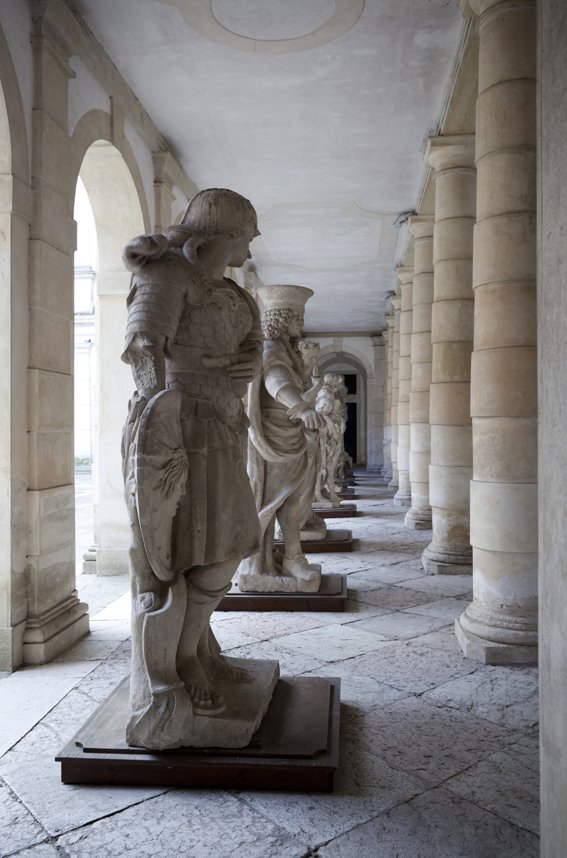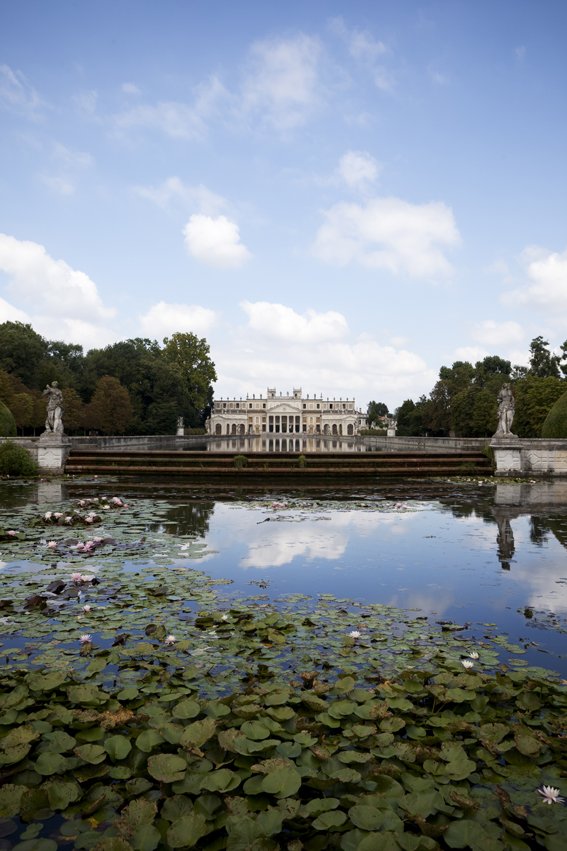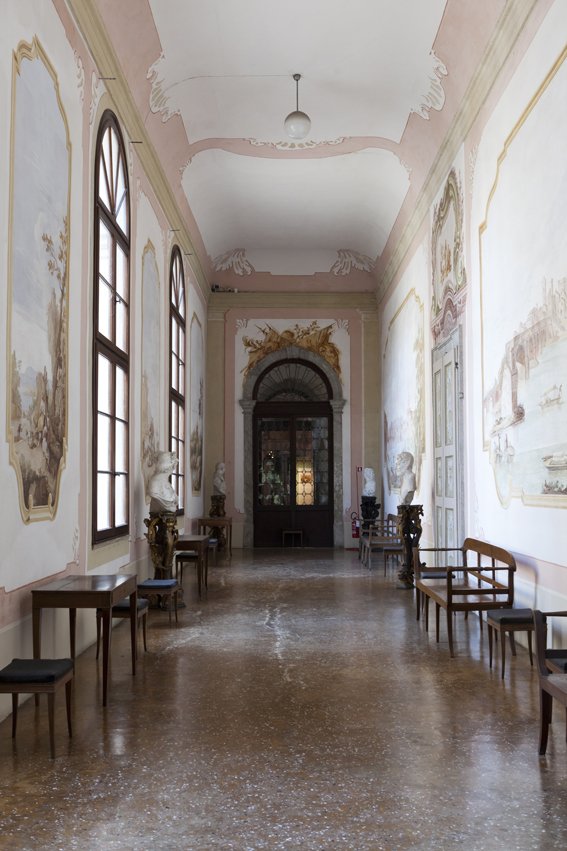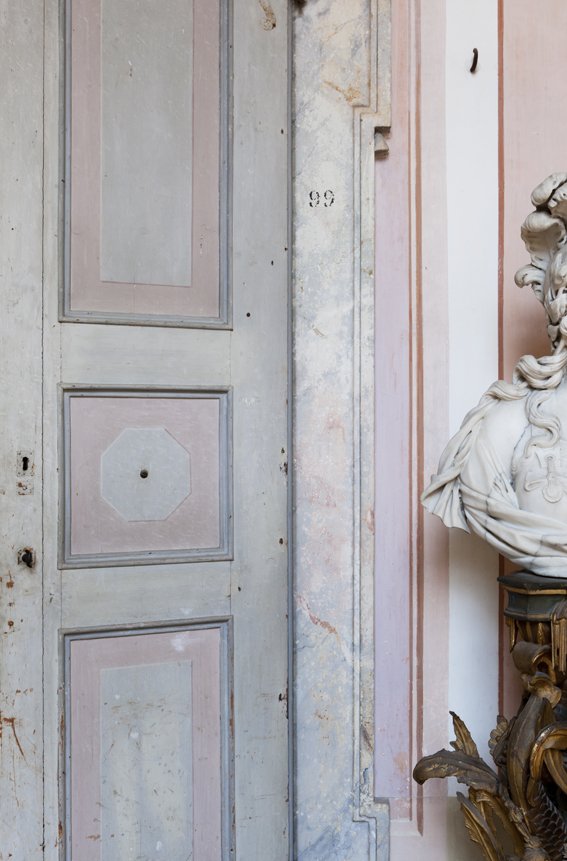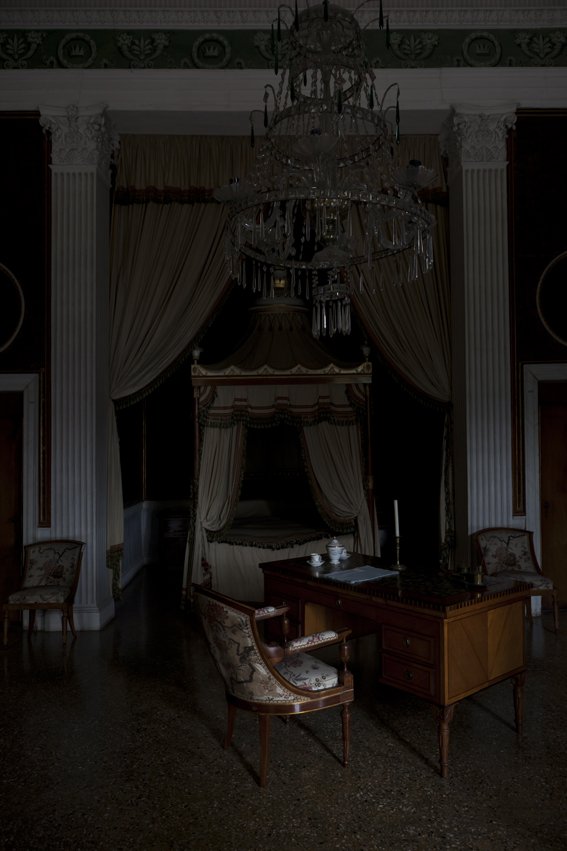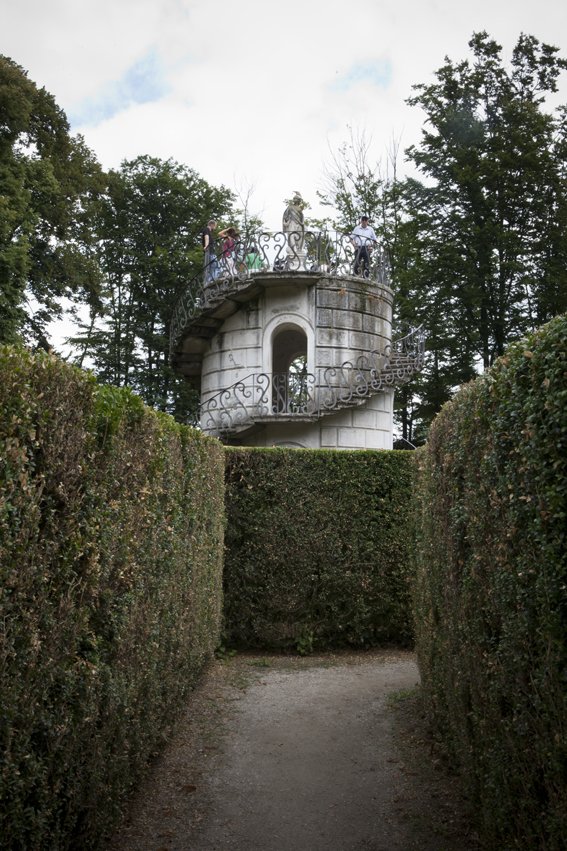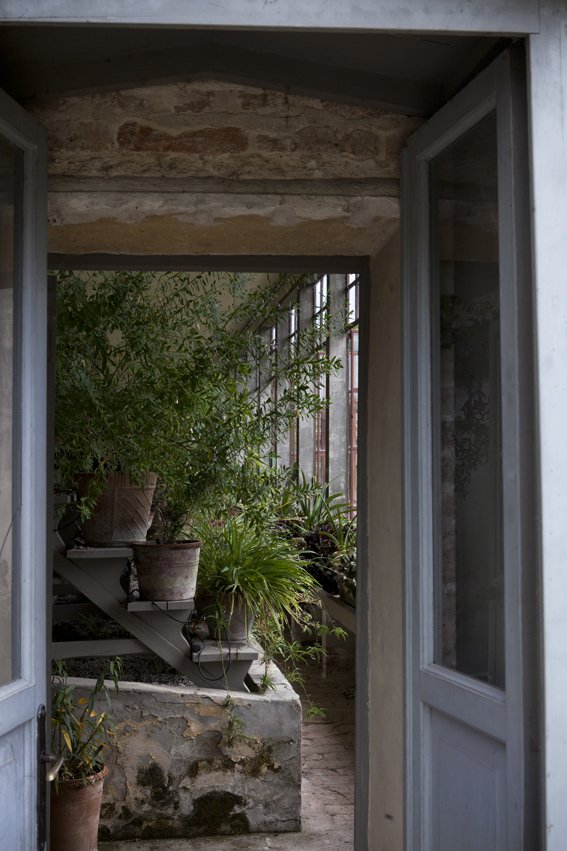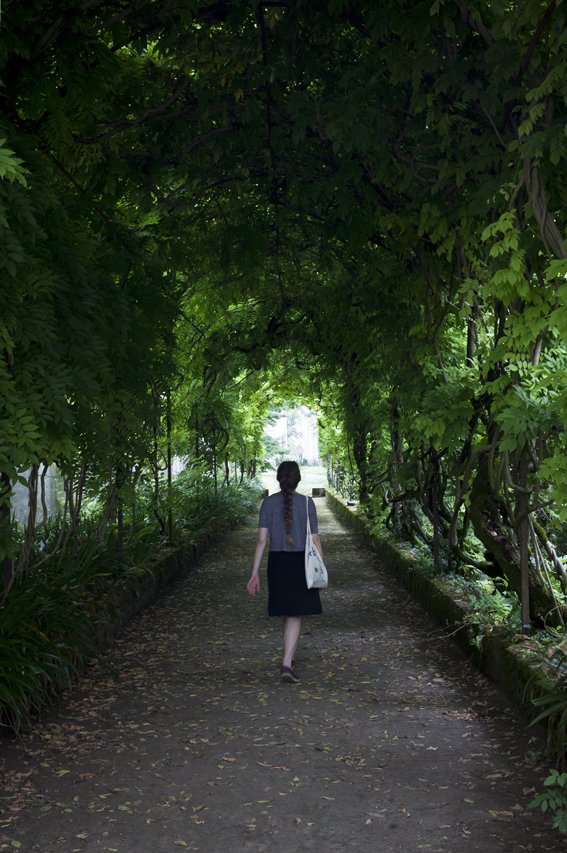A tour in the ancient beauty of Villa Pisani
A Venetian Villa along the Brenta River
One late-summer Sunday morning, when it was already getting cooler and the smell of the cut grass was all around, I went for a walk in one of my favorite places near where I live. I’m not talking about any commonplace but one of the most magnificent places worth visiting along the Brenta River, known as the Riviera del Brenta. I live in this part of the Veneto Region which is only a few kilometers from Venice.
Here, the Brenta River runs slowly towards the Venice lagoon and is associated with the memories I have of this land. This is not a landscape that goes unnoticed thanks to the majestic and ancient Venetian villas that stand along this river. It was because of its beauty and its fast waterway link with Venice and Padua that made the Venetian patricians choose this place for building their summer residences during the 1600s and 1700s.
Nowadays, there are about two hundred villas along the Naviglio Brenta – a branch of the Brenta River – and in the surrounding countryside; their outlines mark the bends of the river and the geometry of the fields nearby.
I grew up with this scenery as a background, riding my bicycle along the narrow country lanes that cut through the farmed land and playing under the weeping willow branches that flow down into the river.
Encircle by their large gardens and their huge centenarian trees, with their Venetian windows overlooking the river, these villas have the same late Gothic elements that can be found on the luxurious facades of the Palaces along the Gran Canal in Venice.
Among these architectural beauties, Villa Pisani at Stra is perhaps the most stunning, and it’s here that I spent my Sunday morning feeling like a tourist on holiday although I was only a few km from home.
This Villa was built in the 18th century and commissioned by the rich and eminent Pisani family, from who it takes its name. The Villa has 114 rooms that are now a museum, and there is a large park of 11 hectares with a big maze made up of nine rings. The facade of the Villa is breathtaking, and so is the view that opens up at the back as soon as we cross the threshold and pass the first two inner courts. Here, a long reflecting pool with water lilies extends straight along the park.
I like to come here and sit on the edge of the pool. It makes me feel stupidly happy like when I was strolling along the Water Path in Versailles and was imagining the tales about the royal court, or the passing by of some well-known people and the noise of horse carriages along the avenues.
Such places always make me feel this way, therefore, even my Sunday morning at Villa Pisani was a series of “Oh, think…” – “Oh, look! Napoleon walked on this floor…” and lots of other similar thoughts.
The history of Villa Pisani is surrounded by countless events that saw in its halls some of the most famous historical figures in Europe. In fact, Napoleon Bonaparte, then King of Italy, bought Villa Pisani in the early 1800s and hosted many well-known aristocrats from all over Europe.
In 1866, the Veneto became part of the Kingdom of Italy and Villa Pisani became a property of the State. Later on, in 1884, it became a national museum where people can still go and dream, as I did, under the beautiful ceiling in the ballroom, frescoed by Tiepolo. It’s also possible for someone to “freak out”, as I did as well, in seeing the dining room with the tables laid as they were during the time of the banquets at the court of Napoleon, with original porcelain and precious engraved glasses that have recently been restored and in which to admire the grace of the art of ceramic and glass of the 1700s and early 1800s.
There was a magical atmosphere all around. Sunbeams were coming through the thick curtains that hung from the windows in each room of the piano nobile creating a wonderful contrasting light that seemed to follow me in every room till I went out to the park.
Along the Riviera del Brenta, the park is a precious jewel where you can relax under old magnolias or get lost in the large maze. The small tower at the center of the maze is known as the “Belvedere” and it’s a good idea to reach it because from its top, not only is it possible to admire the whole maze but also you can poke fun at the other poor creatures lost in the boxwood hedges looking for the way out.
From up there, I tried to memorize the reverse layout of the maze so I could get out without getting lost again but I must have some real problems with my left and my right because I followed a group of lost people like myself and, in the end, had to be guided by the park keeper up to the exit. Yes, I’m a loser!
In my opinion, the most beautiful part of the park is the Orangerie that spreads out at the sides of the stables. In this part of the garden, there are the greenhouses, originally built for keeping the citrus trees and the tropical plants.
Growing citrus trees was an important source of support for the whole park because selling oranges and lemons – once much more precious than today – had a considerable bearing on the economy of the estate. Nowadays, the lemon trees in the red terracotta pots, still produce some wonderful lemons that give color to this area of the park.
The small lodge, hidden behind the climbing passionflower shrubs, is full of old pots, gardening tools, and bits and pieces and it’s the house of my dreams. I could stay there staring at it for hours imagining how well my white wooden kitchen would fit in it. Luckily, it has been left untouched… preserved in time and with an old fashion look. I love it.
The dark ivy that covers like a mantle the clearing under the old trees, gets thicker near the small hill that is surrounded by a ditch, and on where stands the ice-house known as the “Coffee House”. During the winter months, the ditch used to freeze, and the ice was cut into blocks and kept inside the hill that was completely hollow. Food was kept there, and in this way, it could be preserved and kept fresh. Furthermore, during the summertime, this was a nice and cooler place to have a coffee.
As I’ve already said, the similarity with Versailles is easy to make because of the long perspectives and the central pool, but also, what distinguishes this park is also the contamination with various types of European gardens. The “Coffee House” and the small wood with the walkways covered with wisteria remind us of an English garden, while the perimetral walls enclose the whole park according to the Veneto tradition. Large gates and windows let you have glimpses of the Brenta that always flows quietly in the background of this wonderful place…and also of my life here.


